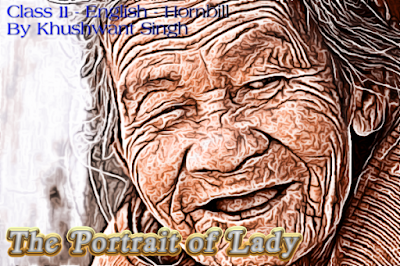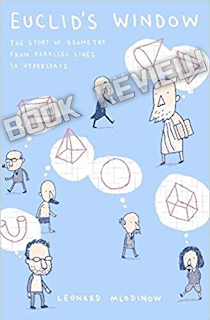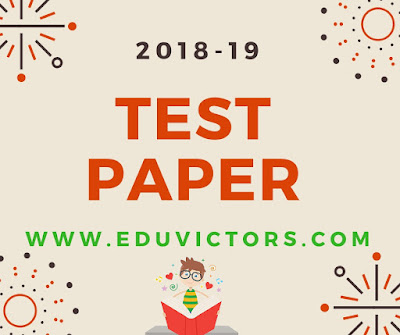Blog provides NCERT solutions, CBSE, NTSE, Olympiad study material, model test papers, important Questions and Answers asked in CBSE examinations. References to Educational Sites and resources.
Sunday, 30 September 2018
Saturday, 29 September 2018
Class 11 - English - Hornbill The Portrait of Lady By Khushwant Singh - Chapter Summary and Q and A (#cbsenotes)(#eduvictors)
Class 11 - English - Hornbill
The Portrait of Lady
By Khushwant Singh
Chapter Summary
‘The Portrait of a Lady' is written in the first person and is in the biographical mode. In this story, the writer gives a detailed account of his Grandmother with whom he had a long association. Khushwant Singh recalls his Grandmother as short, fat and slightly bent. Her silver hair was scattered untidily on her wrinkled face. She hobbled around the house in white clothes with one hand resting on her waist and the other telling the beads of her rosary. Khushwant Singh remembers her as not very pretty but always beautiful. He compares her serene face to that of a winter landscape.
During their long stay in the village, Grandmother woke him up in the morning, plastered his wooden slate, prepared his breakfast, and escorted him to school. While he studied alphabets, she read the scriptures in the temple attached to the school. On their way back home she fed stale chapattis to stray dogs.

CBSE Class 8 Mathematics Revision Notes Chapter - 05 Data Handling (#eduvictors)(#cbsenotes)
Chapter - 05 Data Handling
Class 8 Mathematics
Revision Notes
• Data Handling: Deals with the process of collecting data, presenting it and getting result.
• Data mostly available to us in an unorganised form is called raw data.
• Grouped data can be presented using histogram. Histogram is a type of bar diagram, where the class intervals are shown on the horizontal axis and the heights of the bars show the frequency of the class interval. Also, there is no gap between the bars as there is no gap between the class intervals.
• In order to draw meaningful inferences from any data, we need to organise the data systematically.
• Frequency gives the number of times that a particular entry occurs.
• Raw data can be 'grouped' and presented systematically through 'grouped frequency distribution'.
• Statistics: The science which deals with the collection, presentation, analysis and interpretation of numerical data.

Friday, 28 September 2018
Thursday, 27 September 2018
English Grammar - Sentence Correction - Prepositional Errors (#cbsenotes)(#eduvictors)
Sentence Correction - Prepositional Errors
Question: Following sentences have prepositional errors. Write the correct sentence.
1. He is bad in tennis.
2. I am good in history.
3. She is clever in cooking.
4. He is ill from flu.

Book For Serious Mathematics Readers - Euclid's Window: The Story of Geometry from Parallel Lines to Hyperspace
Euclid's Window: The Story of Geometry from Parallel Lines to Hyperspace
Must Read Book For Mathematics Students and Teachers
 |
| Euclid's Window - Buy Ebook or Hard Copy |
Through Euclid's Window Leonard Mlodinow brilliantly and delightfully leads us on a journey through five revolutions in geometry, from the Greek concept of parallel lines to the latest notions of hyperspace. Here is an altogether new, refreshing, alternative history of math revealing how simple questions anyone might ask about space in the living room or in some other galaxy have been the hidden engine of the highest achievements in science and technology.
Mlodinow reveals how geometry's first revolution began with a "little" scheme hatched by Pythagoras: the invention of a system of abstract rules that could model the universe. That modest idea was the basis of scientific civilization. But further advance was halted when the Western mind nodded off into the Dark Ages. Finally in the fourteenth century an obscure bishop in France invented the graph and heralded the next revolution: the marriage of geometry and number. Then, while intrepid mariners were sailing back and forth across the Atlantic to the New World, a fifteen-year-old genius realized that, like the earth's surface, space could be curved. Could parallel lines really meet? Could the angles of a triangle really add up to more or less than 180 degrees? The curved-space revolution reinvented both mathematics and physics; it also set the stage for a patent office clerk named Einstein to add time to the dimensions of space. His great geometric revolution ushered in the modern era of physics.

English - How to solve Reading Comprehension Passages? (#eduvictors)(#cbsenotes)
How to solve Reading Comprehension Passages?
Section - A of English question papers test your reading skills. Here are the strategies to attempt this section. Before reading a passage, students are suggested to follow the steps listed below.
1. Quickly run through the passage once. This is called skimming.
2. Note all capitalized words, numbers, names, scientific/medical terms.
3. New read the questions and go back to the passage to find the appropriate answers. This strategy is called Scanning.
4. Once you locate the paragraph where you think a particular answer is, read that particular paragraph.

Subscribe to:
Posts (Atom)
